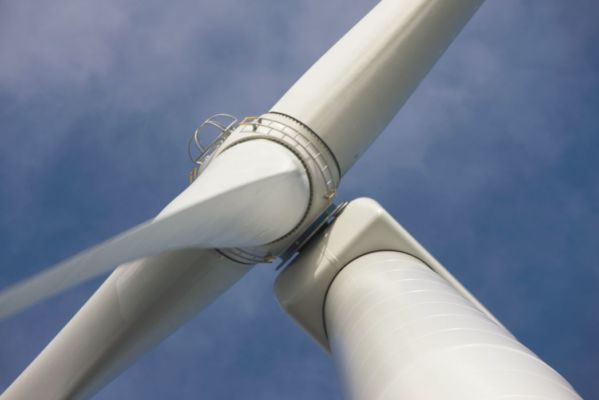It is common in the wind power industry for operators to want to improve functionality in a certain area. This could be an increase in uptime, reduced levelized cost of energy (LCoE), or even better management of spare parts inventories. However, without a clear and determined roadmap for this, it can be somewhat difficult to organize and plan for. This is where the concept of benchmarking comes into play.
Benchmarking is used to compare the operational functionality of machinery to the current industry standard or the best practice standard. This method can help identify where there are gaps or limitations in comparison to other businesses or wind farms – ultimately showing where there is room for improvement.
There are two types of benchmarking. Some operators will benchmark internally. This is where they contrast the standards of one facility with another one also owned by the parent organization. In some instances this is useful and allows for consistency across an enterprise. On the other hand, it is limited by the fact wind farms are only being adjusted to a company’s highest standards and not the entire industry’s.
Is the grass greener on the other side?
However, there is an alternative approach. Most commonly, operators will compare their functionality to facilities that are not their own, namely from competitors. This allows them to see how they compare to others within the sector and if they can improve on their current operation. Data from other organizations is collected by large businesses that provide services to the industry, such as SKF. These companies can then provide an external reference to wind farm operators, allowing for standards to be compared against best practice standards.
Maintenance strategies help set targets
Determining a clear maintenance plan helps you understand where there is room for optimization. If engineers have repeatedly replaced a component prematurely as part of servicing, it can be concluded that maintenance could be organized more effectively. By analyzing previous repair schedules, recording any changes, and applying this information to new machinery, operators are saving on expenditure and learning for the future.
Furthermore, many companies spend far too much on spare parts. By comparing the maintenance procedures required previously, one can identify the amount and frequency of spare parts needed. Indeed, many operators have an abundance of replacement components they may never use. This means capital is tied up in resources that are not producing profit. Moreover, some items such as lubricants and rubber seals have a limited shelf life, which can result in businesses losing money on their initial investment.
Trial and error leads to more capable staff
And it isn’t just statistics and recorded timeframes that support the maintenance process. Engineers can learn from previously performed maintenance procedures or from standard processes at other, high-performing facilities. This helps improve staff training, boost the understanding of turbine functionality within a company, and create a core knowledge base within an organization.
The perfect complement to new maintenance practices
While benchmarking is not a new concept, it supports operators in the wind power industry to set goals and target improved performance and production in a determined and clear manner. As a practice to support more modern maintenance approaches, such as condition-based maintenance, benchmarking offers the wind power industry the opportunity to achieve higher performance and increased profitability based on a defined plan.



